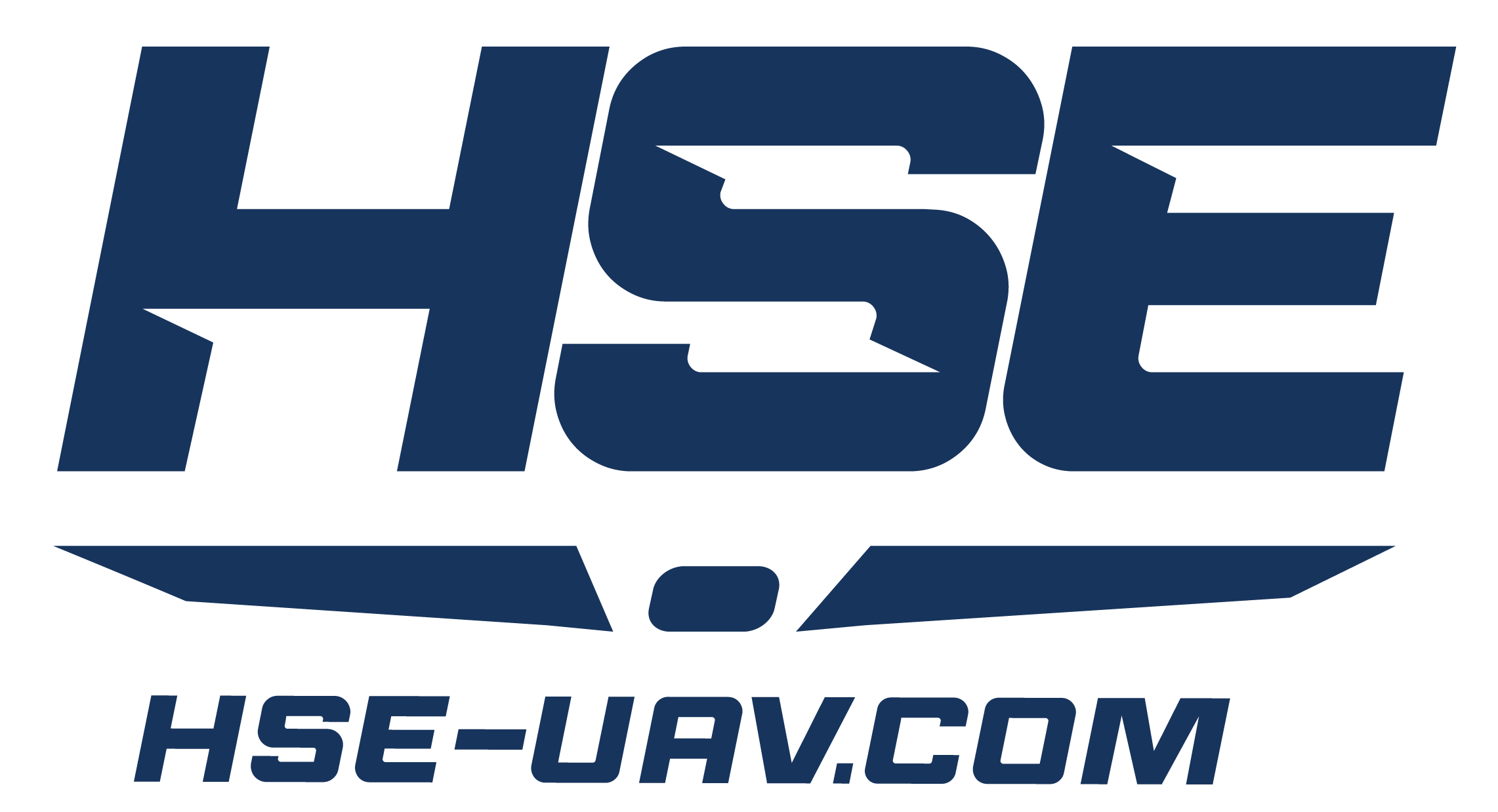How soon will drone food delivery become a reality?
From the moment that the first food delivery app went live, the food service industry was thrown into a sudden state of evolution. Restaurant managers suddenly had to react and adapt to an increase in orders from patrons who wanted or needed their meals delivered to their homes or place of employment, or miss out on a sales source that was growing at a rapid rate. Our experts at HSE-UAV have our ears to the ground for any developments that might improve businesses meet and exceed their goals by keeping up with trends in drone technology.
Today, it’s not uncommon for a person to have multiple apps on their mobile device, as different restaurant chains have opted for exclusivity partnerships with specific food delivery apps. Other restaurants choose to be accessible on multiple platforms – but one thing is common across the board for this new way of getting food to customers: the food is always delivered by a person in an automobile.
That, however, may not be the case for much longer.
Always looking to improve, the companies that own, manage, and profit from these apps – from UberEats, to DoorDash, to Amazon – are trying to find ways to change their business model for both better service for their customers (thus helping foster brand loyalty) and higher profits for themselves. These advances are already being discussed, planned, and tested. We could see drone food delivery in 2021, or possibly sooner.
In October of 2018, The Wall Street Journal reported that Uber Technologies Inc. – who own the ride-sharing, taxi-like service app Uber and that also owns the food delivery service UberEats – has plans for a drone food delivery by 2021, and it isn’t just talk. The company briefly listed a job opening for an operations manager for a drone delivery service called UberExpress and that posting stated the company wanted to have functional drones by 2019 and start operating in select cities by 2021.
The job posting has since been taken down, and Uber stated that this new aspect of their delivery service was still in early development. This might suggest that there are more obstacles and challenges to getting a drone food delivery fleet off the ground than the company planned for. Uber CEO Dara Khosrowshahi is still talking about his company’s desire to use UAVs for a better customer experience and to help solve issues with urban mobility.
Uber isn’t alone in the push for implementing a drone delivery service. Amazon made it known back in 2013 that they were working towards using UAVs as a means for delivery and had a timetable of four to five years (a target that has since passed). The company (which claims to have drone research centers in multiple countries) is still researching and problem-solving the legal and logistical issues for using a drone fleet such as:
- Drone battery life that would require massive fleets
- New laws to allow for flight beyond line-of-sight
- Concerns by law enforcement over potential hacking or use by terrorists
Despite these hurdles, companies like DHE, Uber, Amazon, and others are using pilot programs to develop their drone delivery services. Additionally, there may be hope for a second push into the development of drone food delivery, as Transportation Secretary Elaine Chao announced plans by the Trump administration to make it easier to use UAVs over crowds and at night – two obstacles that delivery programs had been facing.
This new draft of rules also would separate drones into categories based on weight and other criteria – with a max weight of 55 pounds being allowed to fly over people, for example. These new FAA rules are still months away from being approved and implemented, but the fact that the legal restrictions for drones are being lessened is great news for those of us wanting to have a pizza flown in before the big game.
